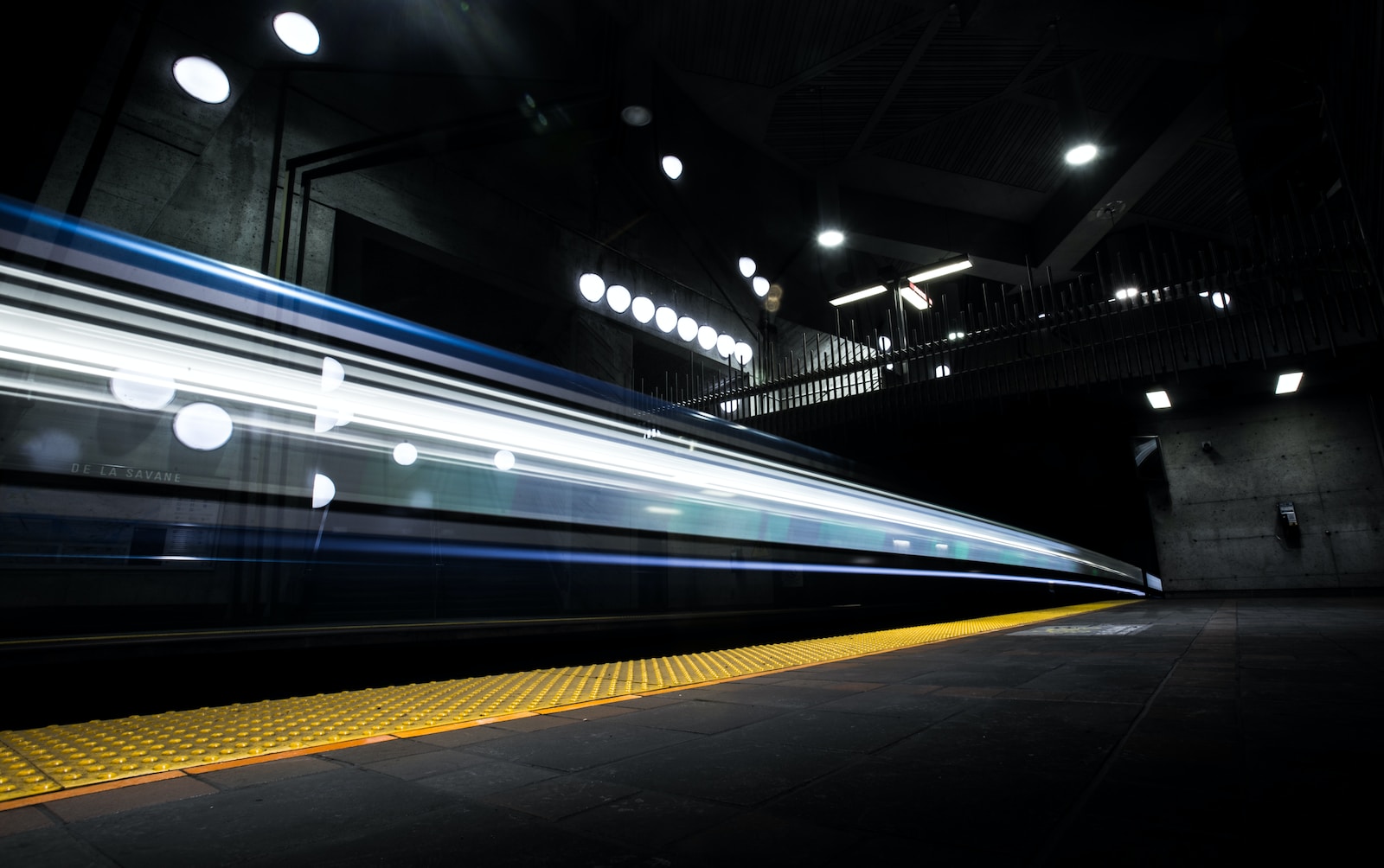Since their recent revival, night trains have been making a comeback across France and Europe. However, while the initiative seems admirable, it’s not necessarily proving successful. At least not on certain routes like Paris-Berlin and Paris-Vienna where these two services, launched just recently, may not make it through the year.
A Return to Grace
Let’s look back at the history. After experiencing strong development and reaching their peak between the 1930s and 1970s, night train services gradually declined in France and Europe, facing competition from high-speed trains, cars, and especially budget airlines for longer journeys. But in recent years, both in France and other countries, they’ve been making a comeback—driven by nostalgia, cost savings, and the desire to reduce travel carbon emissions, which are the primary motivations for most passengers choosing them. A positive development, except that…
But Profitability Remains Elusive
Except that… even though these trains have more or less found their audience, the fact remains that many are still far from breaking even. So much so that many continue operating only thanks to subsidies from the EU, national governments, or local authorities. And when this funding is threatened with elimination, problems and uncertainty resurface.
This could very well happen to the two night trains connecting Paris-Berlin and Paris-Vienna, relaunched after COVID almost as symbols of European rail renewal. However, due to lack of profitability—mainly from too few scheduled runs—and the resulting announced withdrawal of public subsidies (primarily on the French side), these routes could shut down as soon as this December. Even though their occupancy rates are quite respectable at around 70%, and more than 65,000 people traveled on them in 2024. A shame, even if the final decision hasn’t officially been announced yet.

